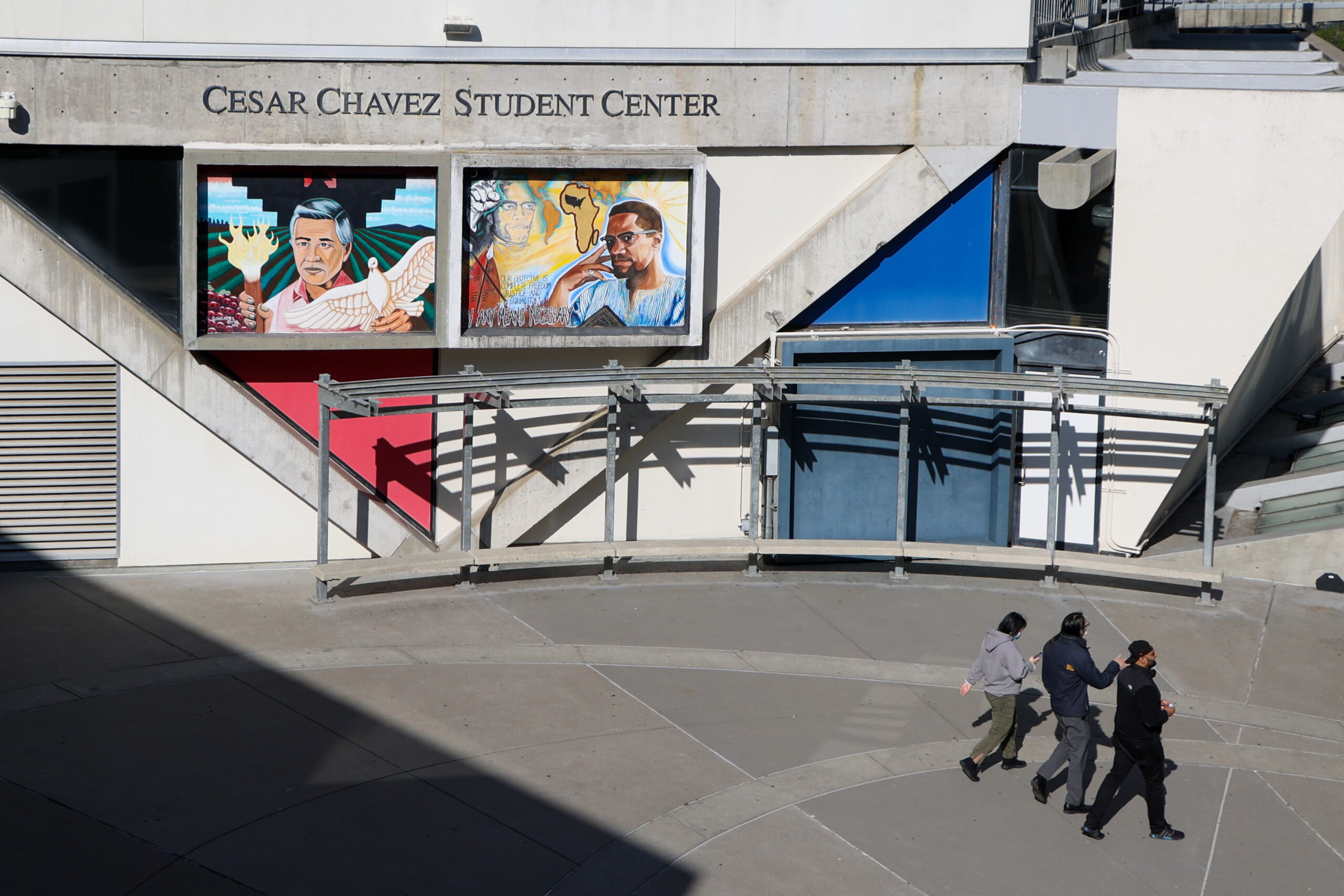President Biden announced today that his administration will cancel up to $10,000 in student debt for most borrowers, and up to $20,000 for Pell Grant recipients. The decision comes after months of speculation and numerous pandemic-driven pauses on loan payment.
The White House’s announcement is expected to benefit about 43 million borrowers, wiping out debt for roughly 20 million of them. The plan applies to Americans who make under $125,000 and married couples earning less than $250,000 per year.
For thousands of Californians and San Franciscans, this announcement could spell good news for student loan borrowers.
How Does California Stack Up?
Despite its reputation as an expensive place to live, California consistently ranks among states with the lowest share of residents encumbered by student loan debt. Roughly 11% of Californians have unpaid debt for college—a number which remains consistent for majority white communities and communities of color.
By comparison, states like Pennsylvania, Minnesota, South Dakota and Massachusetts show population shares of student loan debt well above 18%. The District of Columbia tops the list of US jurisdictions with the highest percentage of residents with student loan debts, as well as the highest median debt: D.C. reports a 20% share with student debt, at a median debt price of $29,134.
California’s relative success in staving off high student debt rates could reflect the state’s long term investment in public higher education and debt forgiveness programs.
With generous financial aid and lower tuition for its community colleges and state schools, California’s higher education aid programs have resulted in a lower-than-national-average borrowing rate. And Californians who enroll in public or nonprofit institutions are much less likely to carry significant student debt.
What About San Francisco?
When compared to the rest of California, San Francisco actually ranks pretty low on its share of the population with student loan debt.
About two-thirds of San Franciscans have a bachelor’s degree, but only 10% of the city’s residents hold some sort of student loan debt. The median student debt sits at $21,333 for all SF borrowers, and $18,750 for communities of color. Roughly 6% of student loan holders have debt in collections.
For four-year colleges located in the city, a sizable share of graduates continue to hold both student and private debt. Students at the San Francisco Conservatory of Music, for example, pay more than $50,000 in tuition yearly and hold an average student debt balance of $42,000.
San Francisco State University, the only public four-year institution in the city, shows a 27% share of graduates with debt. Graduates’ average debt sits at $6,167—a number significantly lower than other private school averages in the city.
And with a median family income of $89,700 in 2017, and a lower-than-average debt balance, SFSU graduates might be among the Americans who benefit most from the White House’s recent announcement.
How Does Household Wealth Factor In?
While these numbers might make it seem like San Francisco has the student debt crisis relatively under control, it might more accurately reflect the city’s wealth compared to other California counties.
As of 2019, the average household income in San Francisco was $173,858. For non-white residents, average household income sat at $138,579, while white, non-Hispanic income was $212,650.
Because Biden’s plan only applies to Americans making under $125,000—or families earning less than $250,000—this recent announcement is unlikely to help the large population of white, wealthy college-educated Americans in San Francisco.
Indeed, the White House predicts that 90% of debt relief will go to Americans earning less than $75,000. This round of debt forgiveness may more dramatically affect other California counties with a lower average income.
San Bernardino County, for example, holds the highest population share of California counties with student loan debt (roughly 14%), and has an average household income at $86,334.
